Zeus, Hera, Poseidon, Athena… these are just a few of the names that Greek mythology lovers know, as they are no doubt aware of the standard Greek pantheon, the Olympians. They get all the air time, after all, with their epic tales of love, murder, incest, revenge…and everything in between.
The Titans, likewise, grab headlines with their creation stories… They gave fire to man, hold up the earth, and father the sun, the moon and the dawn.
While these deities were held in high esteem by the ancients, the Greeks also worshipped smaller, kinder, more…natural gods – the gods of the countryside. Not surprisingly, these represent water, trees and beasts. Some of these you will have heard about, but others, perhaps, are a little less known:
1. Pan
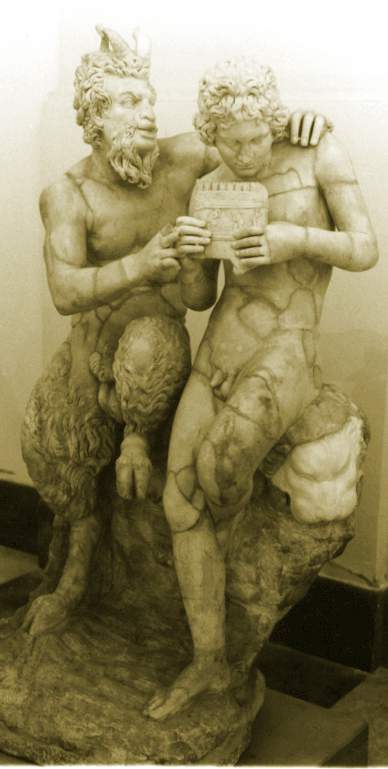
This satyr-god is the god of the wild, shepherds and flocks, and can often be seen with flute in hand. Being a rustic god of mountain wilds, Pan was not worshipped in temples or other built edifices, but in natural settings, usually caves or grottoes such as the one on the north slope of the Acropolis of Athens. Pan is connected to fertility and the season of spring. The ancient Greeks also considered Pan to be the god of theatrical criticism.
The worship of Pan began in Arcadia which was always the principal seat of his worship. Arcadia was a district of mountain people, culturally separated from other Greeks and Arcadian hunters used to scourge the statue of the god if they had been disappointed in the chase.
The word panic ultimately derives from the god’s name, as his angry shouts determined victories.
2. Naiads
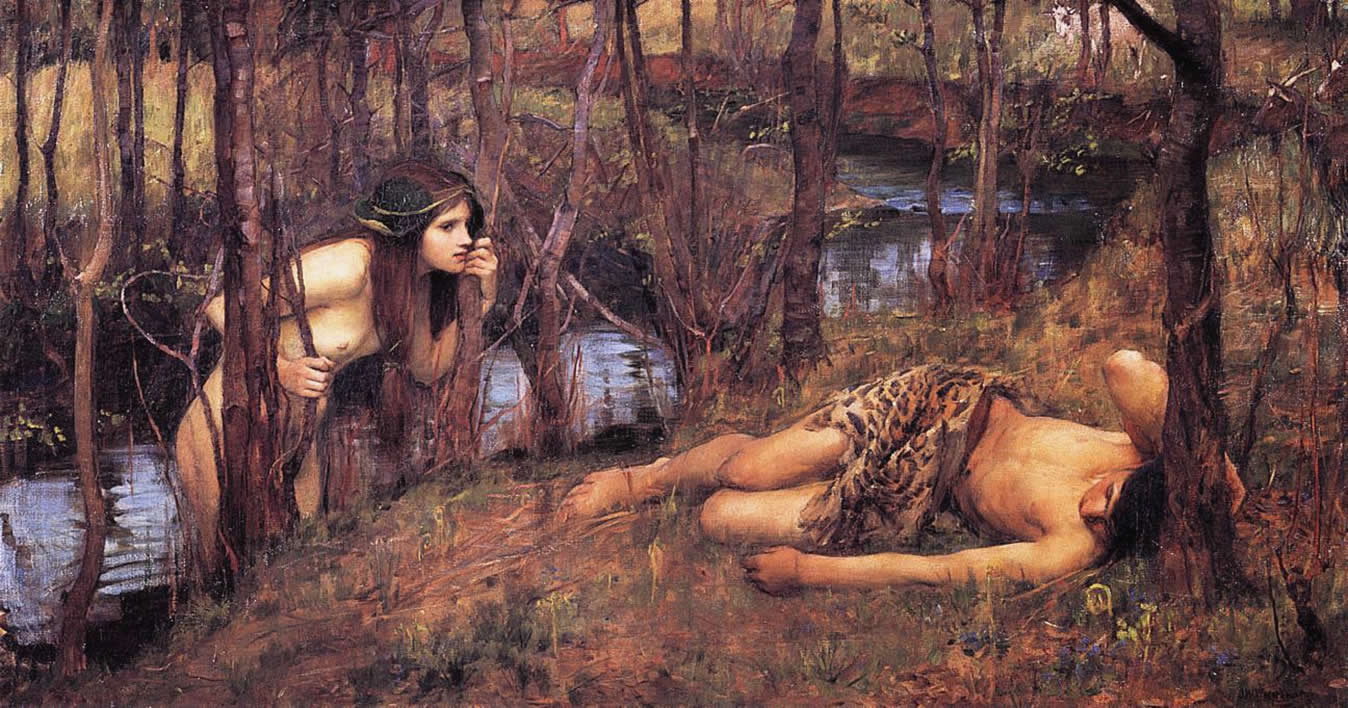
A type of female spirit, this nymph presided over fountains, wells, springs, streams, brooks and other bodies of fresh water.
Naiads were often the object of archaic local cults, worshipped as essential to humans. Boys and girls at coming-of-age ceremonies dedicated their childish locks to the local naiad of the spring. In places like Lerna their waters’ ritual cleansings were credited with magical medical properties. Animals were ritually drowned there. Oracles might be situated by ancient springs.
The Naiads are distinct from river gods as well as salt water gods.
3. Nereids
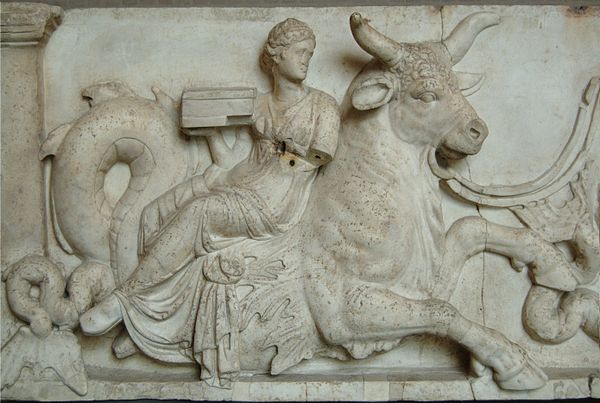
Sea nymphs were female spirits of sea waters. The Nereids often accompany Poseidon, the god of the sea, and can be friendly and helpful to sailors, like the Argonauts in their search for the Golden Fleece. Famous examples include the 50 daughters of Nereus and Doris, sisters to Nerites.
4. Oceanids
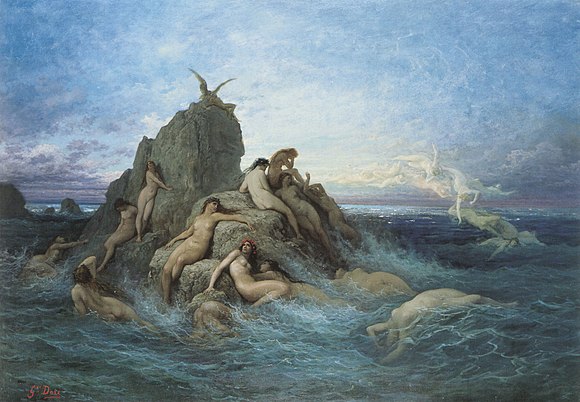
Also called Oceanides, they are the nymphs who were the three thousand (a number interpreted as meaning “innumerable”) daughters of the Titans Oceanus and Tethys. The Oceanid nymphs were associated with water, as the personification of springs. Hesiod says they are “dispersed far and wide” and everywhere “serve the earth and the deep waters”.
5. Dryads
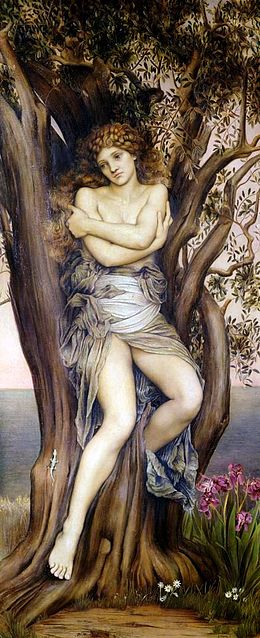
A tree nymph or tree spirit in Greek mythology, Drys signifies “oak” in Greek. Dryads are specifically the nymphs of oak trees, but the term has come to be used for all tree nymphs in general, or all human-tree hybrids in fantasy. They were normally considered to be very shy creatures except around the goddess Artemis, who was known to be a friend to most nymphs.
6. Satyrs

Also known as a silenos, a satyr is a male nature spirit with ears and a tail resembling those of a horse, as well as a permanent, exaggerated erection. They were companions of the god Dionysus and were believed to inhabit remote locales, such as woodlands, mountains, and pastures. They often attempted to seduce or rape nymphs and mortal women alike, usually with little success.










No comments yet. You should be kind and add one!
Our apologies, you must be logged in to post a comment.